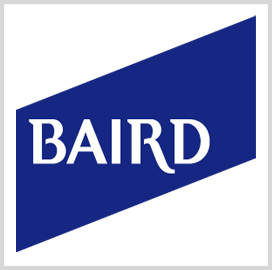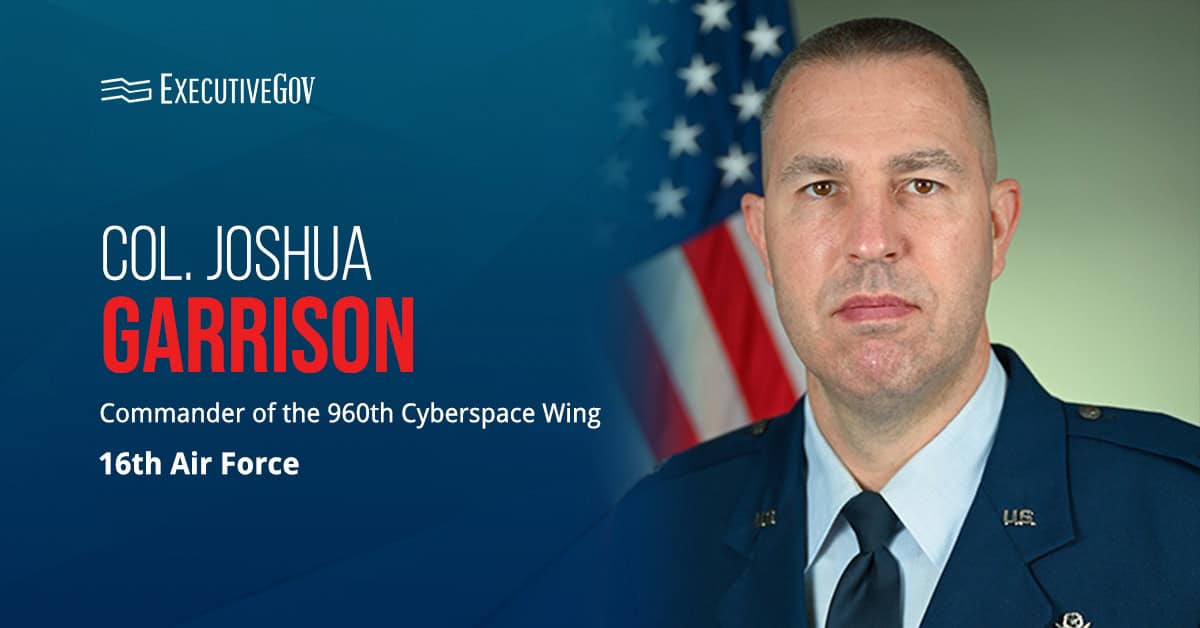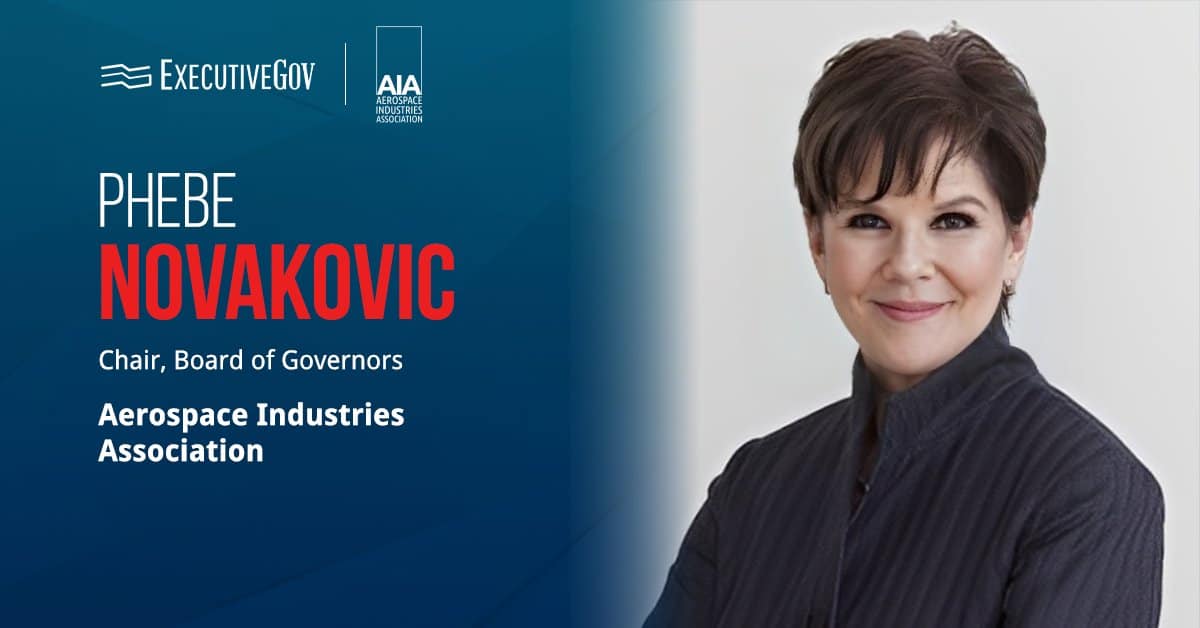The 2022 edition of Baird’s annual Government & Defense Conference brought together leaders from top public and private companies that do business with the federal sector, as well as government officials and representatives from the hosting financial company to present to an audience of nearly 1,400.
The onlookers were both remote through virtual means and present in-person at the Ritz Carlton in McLean, Virginia on Thursday as the slate of speakers, which included Wash100 Award winners John Mengucci of CACI International, Byron Bright of KBR, Jonathan Moneymaker of BlueHalo and Tony Frazier of Maxar, discussed the current climate of the government contracting industry, trends in finance and strategic opportunities in mergers and acquisitions, among other subjects.
In his midmorning discussion with Baird Managing Director and Co-head of Government & Defense Investment Banking Practice John Song, the DOD Comptroller and Chief Financial Officer Michael McCord shared sobering thoughts about the United States’ current competitions with “near-peer adversaries” China and Russia.
“China is modernizing faster than we are,” McCord conceded, though he nonetheless submitted that the capabilities, experience and strength of the U.S. is superior to both aforementioned nations. McCord went on to impress upon Song the importance and centrality of Joint All Domain Command and Control, or JADC2, as a strategy for the country in its future fights while noting that in terms of joint force approaches, “sensor to decision maker is as important as sensor to shooter.” (Song and McCord are both also Wash100 Award recipients.)
Later on, HawkEye 360 CEO John Serafini provided insights into how his geospatial analytics company, which uses radio frequency signal location data culled from satellites, has shaped its outlook and market outreach. Serafini told Baird Senior Research Analyst Peter Arment that a company can’t effectively “minor in government sales…you’re either all in or get out.”
Serafini explained that if an enterprise tries to truly divide its time between government and commercial industry customers, it can’t serve either entity to a satisfying degree. According to the CEO, HawkEye primarily works with defense, intelligence and national security clientele and is considered somewhere between a government contractor and a Silicon Valley-style technology start-up.
During a panel entitled Digital Transformation: Transforming Government, various high-level executives, including Mark Lee of ICF and Seán Morris of Deloitte, discussed mechanisms for helping the government evolve and in some cases tear down its legacy systems. NetImpact Strategies CEO and Wash100 Award winner “PV” Puvvada commented that “government as well as industry needs to be digitally dexterous” and went on to underline the importance of human-centered design, user experience and human experience in crafting technological systems.
After lunch, KBR Executive Vice President and Chief Financial Officer Mark Sopp joined his colleague, the company’s Government Solutions President Byron Bright to give the audience a view into the company’s recent history and deal-making.
Bright, who is a multiple-time Wash100 Award recipient, repeatedly emphasized how much the long-running organization has changed over the last eight years, stating that the company is now at the level of a prime contractor. Sopp described that the company is projects-based (rather than capability- or solution-based) and remarked that while many organizations are digitally focused and then attempt to operationalize from there, KBR works the other way around.
In consideration of its progress since 2014, Bright cited the company’s growth through a series of ambitious acquisitions as well as its focus on sustainability and environmental projects.
“We feel like we were doing sustainability before it was cool,” Bright quipped, while Sopp added that the company is attempting to “help the government operationalize in a more environmentally sustainable way.”





